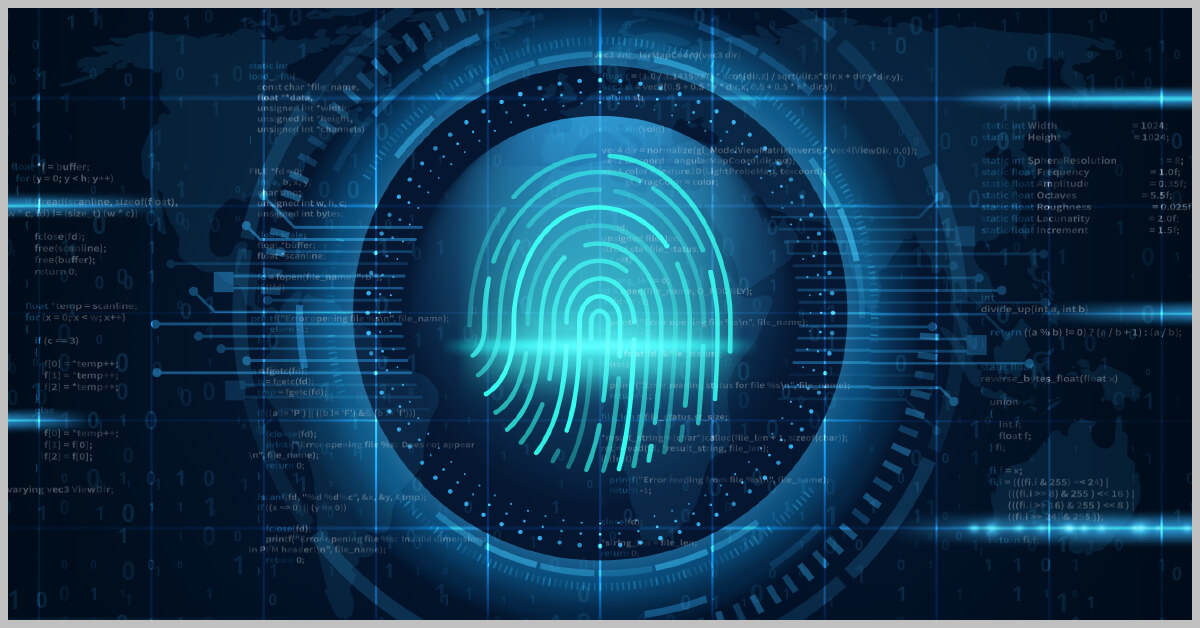When Leidos Vice President and Tech Fellow John Mears was trying to log in to his Internal Revenue Service account, he failed, because their knowledge-based authentication system didn’t provide the proper options, mistaking him for another John Mears in a neighboring state. Aware President and CEO Robert Eckel had a similar experience with the Social Security Administration.
However, as soon as the agencies transitioned to a biometric-based authentication — which uses person-specific characteristics like fingerprints and facial features — any snafus in gaining access to accounts completely disappeared, the executives said.
“Shout-out to [Director of Identity and Access Management] Patrice Wilmot and her IRS team for working to balance security, privacy and convenience in this essential service to taxpayers,” credited Mears, who, along with Eckel and two other identity verification experts, addressed a virtual audience as part of GovCon Wire’s June 6 fireside chat, Helping Governments Deliver on the Promise of Digital ID.
Browse the full roster of fascinating upcoming GCW events here. Reserve a place at one or several of these essential symposiums today!
The speakers praised biometric authentication throughout the conversation as perhaps the most surefire and advanced technology currently on the market to combat fraud and identity theft and protect documents, databases and devices.
In order to make biometrics understandable and acceptable to people everywhere, the group of speakers said it’s important to “demystify” the idea of biometrics and of intensified identity confirmation services in general. Part of this means assuring users that consent is paramount in the process.
“I think there should just be clear opt-in/opt-on processes in place so individuals know what the biometric data is being used for and how it’s going to be used. Then, they can decide if they want to continue,” stated Eckel.
Eckel went on to say that the goal, not unlike what the IRS has been able to accomplish, is to “balance the security and the privacy concerns with the need for convenience and a user friendly process.”
His fellow panel participant and colleague at Aware, the company’s Chief Technology Officer Mohamed Lazzouni said that the “second building block [after consent] is inclusiveness.” If widely embraced, biometric protocols and digital identification could have a sizable impact on marginalized communities, he suggested.
“A technology platform that…is not ethically built in order to be inclusive is not up to snuff… Well-designed digital identification systems that are conscious of privacy and equity can be designed as such, and they can avoid invading privacy and aggravating existing social inequalities,” Lazzouni explained.
According to Lazzouni, potential benefits for underrepresented groups from biometrics and other digital identity systems include enabling access to services like healthcare, finance, education; encouraging and lowering the barrier of entry to participation in civic life; reduced discrimination, as “computer systems don’t have inherent bias,” so there’s a lowered risk of profiling or similar tactics; and an increased security protection against people who prey on disadvantaged folks.
Robert Mocny, the final participant in the fireside chat, is venture partner in technology at RIDGE-LANE Limited Partners and a former Department of Homeland Security executive who headed up the U.S. Visitor and Immigrant Status Indicator Technology, or US-VISIT program from 2003 to 2016, a biometrics based clearance system for people entering American national borders.
Mocny said that there was occasionally some resistance from people worried that tourists, “not terrorists,” were being fingerprinted, but that the program helped identify and take into custody some true bad actors, like a criminal who was wanted by Interpol for “a host of crimes” and through fingerprint identification was arrested at LAX.
Partially responsible for what was the first biometrics border control program, Mocny concluded his thoughts by looking into the future, saying that we are going to have to figure out how to “integrate biometrics into the Metaverse.”





